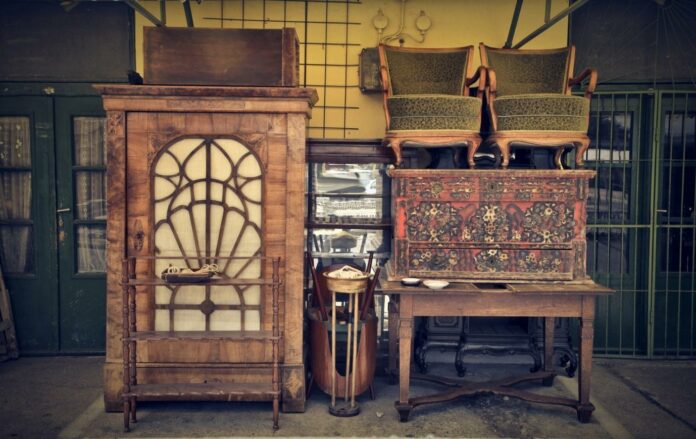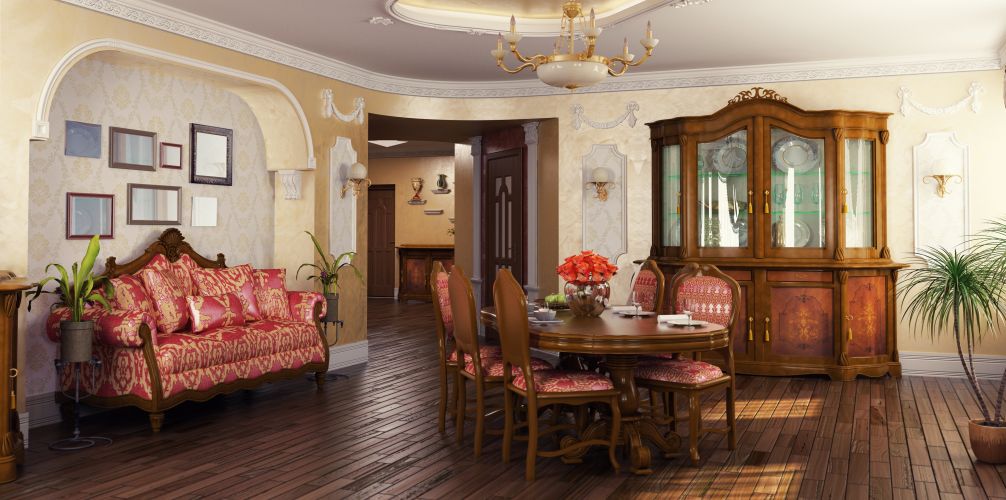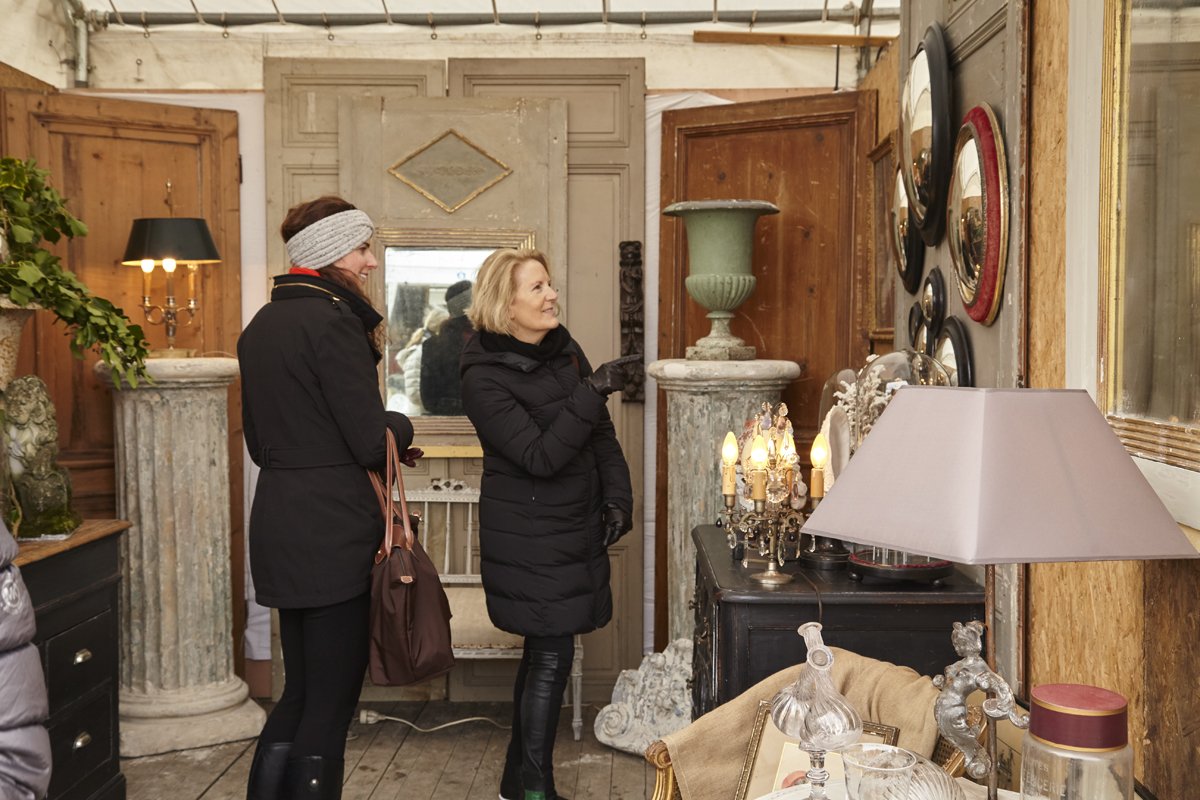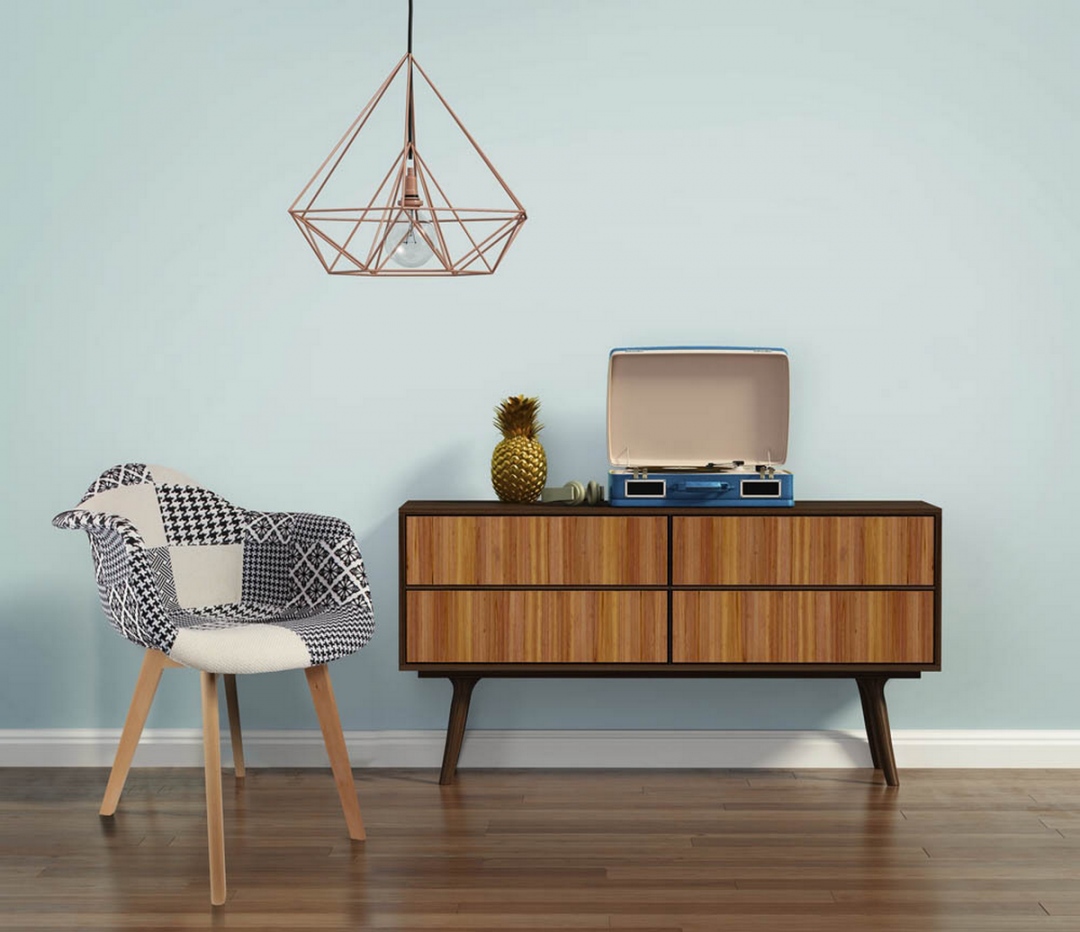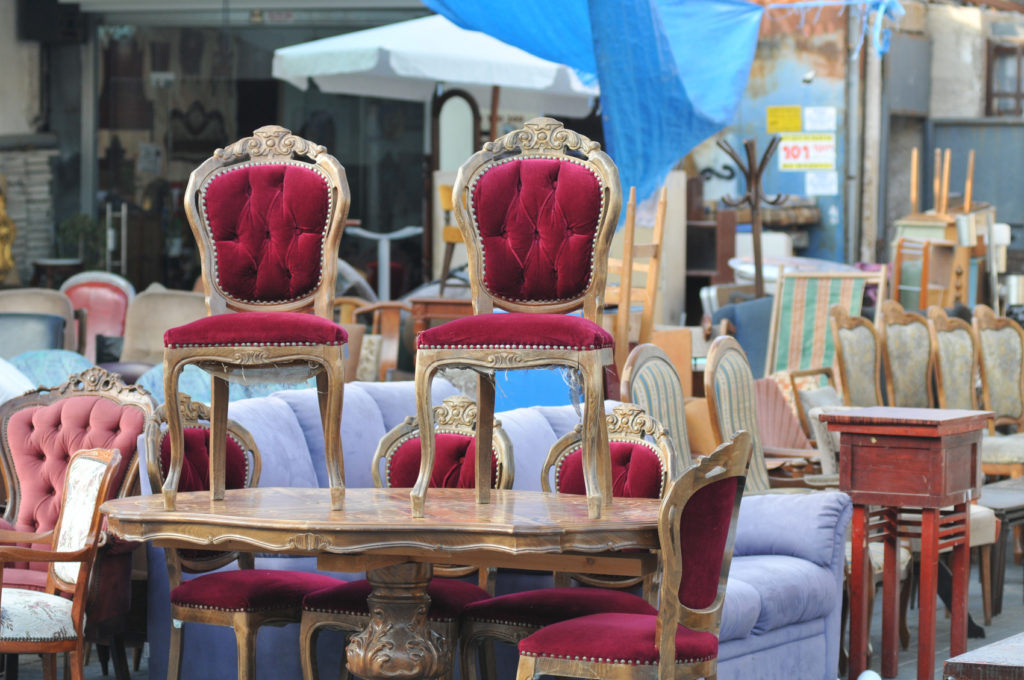Every year, the U.S. resale industry brings in more than $17.5 billion in revenue. Of that $17.5 billion, 13 percent comes from antique stores.
Clearly, people in the U.S. have a deep love for antique furniture, and that love doesn’t seem to be going away any time soon.
Have you always wanted to collect antiques? Are you intimidated by the idea of walking through a store full of old, expensive furniture to try and find the perfect piece for your home?
If you’re interested in buying antique furniture but aren’t sure how to go about it, keep reading. Listed below are some tips that will help simplify the process for the first-time antique buyer.
Reasons to Buy Antique Furniture
Why would someone want to spend money on old, previously used furniture? Can’t they just go to Ikea like everyone else?
If you’ve been fielding questions like these since you started expressing an interest in collecting antiques, you’re not alone. Lots of antique enthusiasts have a hard time answering these questions and explaining why they love what they do.
Next time someone asks you why you’re collecting antique furniture or decor for your New York City apartment, give them one of these reasons:
There’s no assembly required (take that, Ikea!)
Antique furniture is typically of a higher quality than furniture made today
Antique shopping allows you to find unique, one-of-a-kind pieces
Antique furniture allows you to buy stunning, high-quality pieces at affordable prices
Shopping for antique furniture is also good for the environment. It reduces waste and keeps old items out of landfills.
Tips for Buying Antique Furniture
There are lots of benefits that come with buying antique furniture. The quickest way to change a nonbeliever’s mind, though, is to show them a great item that you purchased while antique shopping. Here are some tips that will help you find such an item.
Know Where to Shop
In order to find great pieces for your home, you have to know where to look. Designated antique stores are one place to go, but they’re not your only option.
You can also find incredible antiques at garage sales, thrift stores, and at auctions. Don’t shy away from online auctions, either. You can find some impressive pieces at these, and you don’t even have to leave your house to do it!
Check for Damage
Before you haul a piece of furniture that you love home from the store, take a moment to inspect it for signs of damage.
Small damages like scratches or nicks shouldn’t deter you from buying a piece (those are relatively easy to remove).
On the other hand, though, it’s best to steer clear of items that are severely damaged or don’t function properly (the door sticks, the drawer doesn’t slide in properly, etc.).
Visit Your Favorite Stores Regularly
Once you’ve found a few antique stores that you love to visit, be sure to visit them on a regular basis.
Antique stores receive new shipments all the time. The more frequently you visit, the more likely you are to get your hands on some one-of-a-kind pieces.
If you visit often and get friendly with the store owner, they may even be willing to set aside pieces they know you’ll like in exchange for your loyalty.
Look for “Good Bones”
When you’re shopping for antique furniture, it can sometimes be hard to look beyond a lot of surface-level damage (scratches, stains, nicks, etc.). What really tells you that a piece is a worth buying, though, is whether or not it has “good bones.”
Do the drawers slide in and out easily? Does a chair feel sturdy when you sit down on it? If the item is structurally sound, you can work around small imperfections.
Use Defects as Bargaining Tools
Of course, that doesn’t mean you have to ignore imperfections altogether. They can be a powerful tool for folks who want to buy antiques but don’t have a lot of cash to spare.
Use those imperfections as bargaining tools to bring down the price of the item to one that you can more easily afford. Bargaining is totally appropriate in antique stores — in fact, it’s usually expected.
Measure Before You Buy
Keep in mind that, when you buy antiques, there usually aren’t any returns allowed. Once you buy something, it’s yours.
To avoid being stuck with an item that doesn’t work in your home, measure your space before you leave for the store or purchase an item online. Bring a tape measure with you so you can double check that a piece will fit well in your home.
Look for Signatures, Labels, or Stamps
Inspect a piece carefully when you find something you like to see if it contains any kind of signature, label, or stamp. You might also find a model number that corresponds with the model numbers of items made at a certain time in a particular factory.
Check the backs and undersides of drawers to see if you can find any markings indicating when the piece was made. If the item doesn’t have any drawers, check the back or bottom instead.
According to English Georgian America, you can also learn a lot about when an item was made by looking at its features. For example, Gothic revival furniture features sharper points and floral shapes.
Buy Individual Pieces Instead of Sets
Finally, consider shopping for individual pieces of furniture instead of buying entire matching sets. This helps to bring down the cost of antique shopping quite a bit.
When you buy pieces individually, you also have more room to mix and match and experiment with items from different time periods.
Need More Tips on Buying Antique Furniture?
The process of buying antique furniture can be intimidating and overwhelming at first.
If you keep these tips in mind, though, it’ll be much easier for you to sort through your options and find the perfect pieces for your home.
Do you want to learn more about buying antique furniture? Do you want to get some tips on arranging your new furniture in your home?
If so, we’ve got lots of helpful articles for you. Start with this article on Victorian living room design ideas today.

